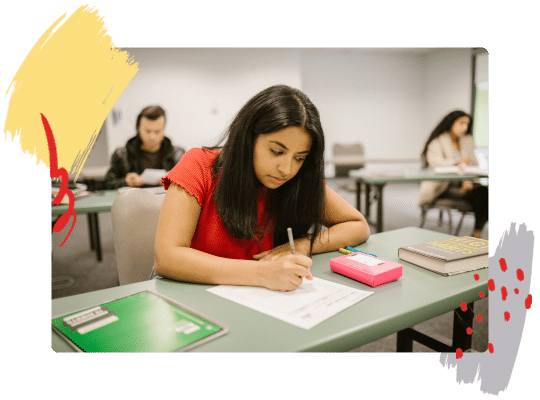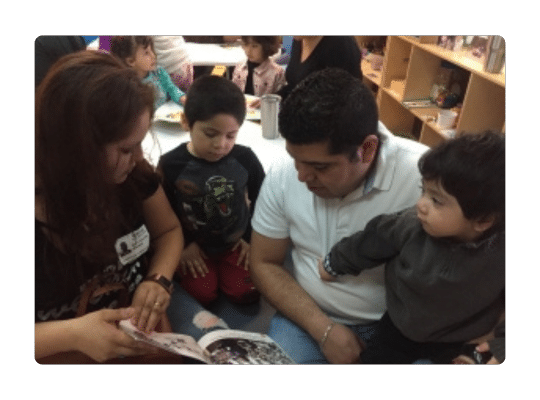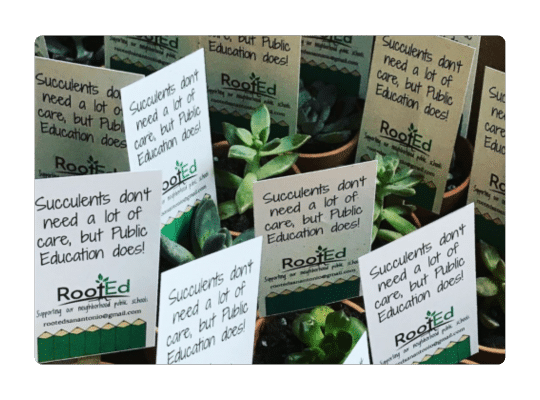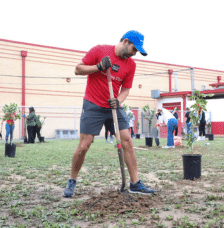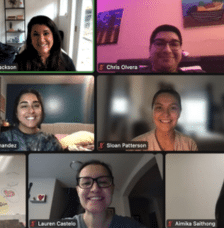Response from “Ask a Former Board Trustee”- Clear Creek ISD Chapter: Joanna Baleson, Ken Baliker, Jennifer Broddle, Bob Davee, Glenn Freedman, Ann Hammond, Charlie Pond, Page Rander Dee Scott, Win Weber © AFTCCISD2022
What is critical thinking?
“The function of education is to teach one to think intensively and to think critically. Intelligence plus character – that is the goal of true education.” – Martin Luther King, Jr.
“Critical thinking is the intellectually disciplined process of actively and skillfully conceptualizing, applying, analyzing, synthesizing, and/or evaluating information gathered from, or generated by, observation, experience, reflection, reasoning, or communication, as a guide to belief and action.” (https://www.criticalthinking.org/) Thinking critically means pursuing knowledge with an open-mind. Thus, critical thinking goes beyond interpreting data, postulating testable hypotheses or solving problems to pursuing truth.
“Don’t just teach your children to read. Teach them to question everything they read. Teach them to question everything.”- George Carlin
“The important thing is to never stop questioning.” – Albert Einstein
Is critical thinking controversial?
It certainly can be, especially if one’s conclusions run counter to prevailing public opinion or accepted dogma. For example, one often hears that “politics should not be in the classroom.” Whose ideas (or politics) are we referencing? Does that mean that teachers should discourage a free exchange of ideas in the classroom? Should a classroom provide a safe space to develop critical thinking skills and respect for differences?
Obviously, critical thinking varies according to the motivation underlying it. Further, critical thinking is never universal, and everyone is subject to episodes of undisciplined or irrational thought. No one is a critical thinker through-and-through, but only to a degree and with blind spots. The development of critical thinking skills is a life-long endeavor. (https://www.criticalthinking.org/pages/defining-critical-thinking/766)
Regardless of any controversial overtones, critical thinking is a primary employability skill that managers say that graduates are lacking, with 60% expressing that sentiment. (https://www.payscale.com/data-packages/job-skills)
“Research is formalized curiosity. It is poking and prying with a purpose.” – Zora Neale Hurston
“It is the mark of an educated mind to be able to entertain a thought without accepting it.” – Aristotle
“The essence of the independent mind lies not in what it thinks, but in how it thinks,” – Christopher Hitchens
What types of teaching techniques lead to improved critical thinking skills?
Critical thinking starts with curiosity, the desire to know or understand. Here are a few ways to create critical thinkers:
1. Teach Critical Thinking Skills Directly: Dr. Gwen Dewar, founder of Parenting Science, states that direct instruction brings the best results. Specifically, teachers should teach students to analyze analogies, categorize and classify, distinguish relevant from irrelevant information, construct deductive arguments, test hypotheses, recognize logical fallacies, and distinguish evidence from opinion. (https://parentingscience.com/teaching-critical-thinking/)
2. Learn by Actively Listening: Active listening is the mental discipline of understanding precisely what another is saying, while demonstrated interest and a willingness to explore the explicit and implicit implication of another’s argument or position.
3. Expect Elaboration: Open-ended questions (and avoiding yes-no questions) encourage students to provide detail, substance, justification, and supporting data to respond to the questions. This strategy is especially useful in a group setting.
4. Ask Deliberately Counterintuitive Questions: To avoid groupthink and simplistic solutions, pose questions and situations that are counter to the perceived group consensus. Of course, those who are rushing to a solution or with a predetermined answer may be peeved, but part of critical thinking is considering options.
5. Sleep on the Solution Set: “Sleep can actually help your brain assimilate a problem and see it more clearly. And a deliberate process often leads to better conclusions. Research also shows that when we rush decisions, we often regret them even if they end up being correct.” (https://hbr.org/2022/04/critical-thinking-is-about-asking-better-questions)
6. Follow-Up: Quick, easy answers are comfortable, but critical thinking often requires the ‘just one more question’ technique made famous by television detective Columbo. And, depending on the situation – one-more-question may mean another and another.
7. Execute, Synthesize, Recommend, Generate: Zarvana, a company that teaches critical thinking offers this model for instilling the habits of critical thinking. Their roadmap can be found at https://courses.zarvana.com/critical-thinking-roadmap-toolkit.
(Prepared: April 2022; Revised December 2022)




